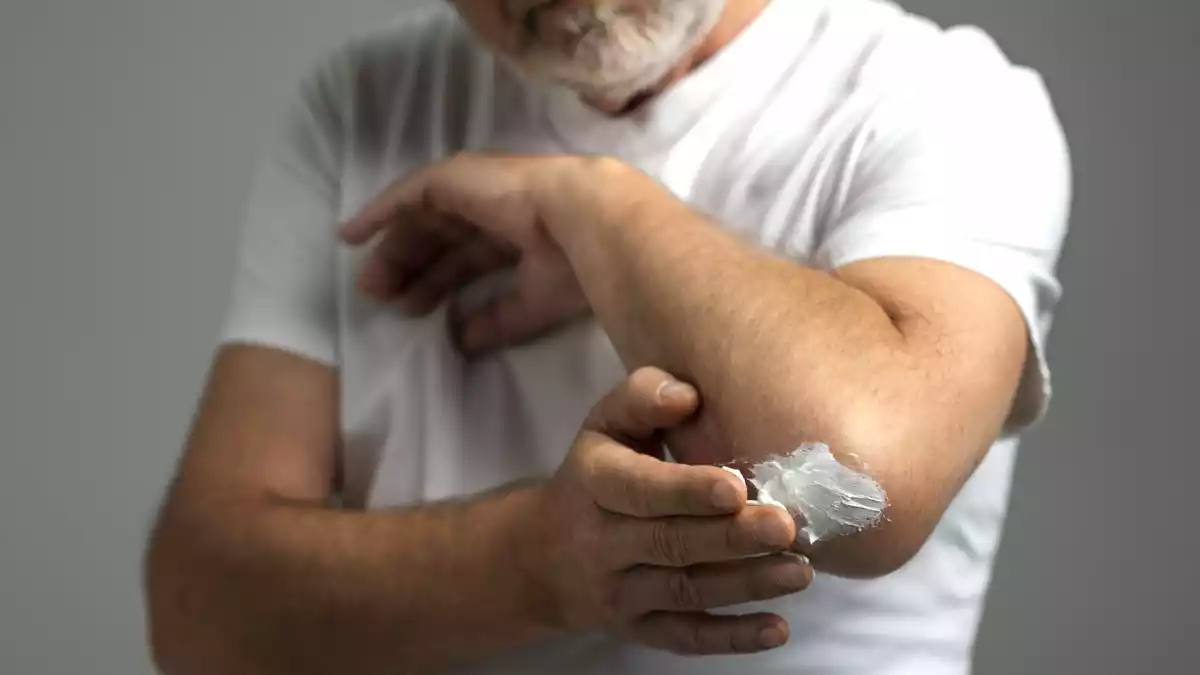Is it true that butter soothes minor burns?

At my grandmother's house, there was a remedy for just about everything. A spoonful of warm honey if you had a cough. Wipes soaked in water and vinegar on your forehead if your fever broke. And, of course, a little butter smeared on the burn when you were too clever with the frying pan. The gesture was almost automatic: you'd open the fridge, grab a small block wrapped in gold foil, slide it over the burning skin and wait for relief. Or, at least, something resembling comfort.
But here we are, several generations later, and it is inevitable to ask: what do science and official bodies think of my grandmother's trick today?
A myth with the aroma of cooking
The gesture of resorting to butter has more history than it seems. Its popularity soared in the 19th century, when the military surgeon Friedrich von Esmarch, a pioneer in first aid, recommended in his manual of war medicine to cover burns with grease, oil or butter. The logic of the time was to create a barrier to protect the wound from air and dirt, preventing infection and accelerating healing.
But... Is it true that applying butter soothes minor burns?
The quick answer: No.
Although applying butter to a burn is a widely used home remedy, it can make the injury worse. Organizations such as the Spanish Burn Association (AEQUE), the Spanish Society of Emergency Medicine (SEMES) and the British National Health Service (NHS) agree: it should not be used in any case.
Why is this a bad idea?
- Retains heat: The fat in butter prevents heat from dissipating, which can worsen damage in deep layers of the skin.
- Increases the risk of infection: It is not a sterile product, which encourages bacterial growth and complicates healing.
- It hinders clinical treatment: By covering the area with grease, it covers visible signs, complicates cleaning and slows down the proper healing recommended by Spanish clinical guidelines.
Therefore, although the momentary relief produced by the coolness of butter may be tempting, it is not a safe or effective method for treating burns.
What do professionals recommend for a minor burn?
- Cool the affected area. Keep the skin under warm water (never cold or ice) for 10 to 20 minutes. If this is not possible, use wet compresses.
- Remove nearby clothing or jewelry, unless it is stuck to the skin.
- Clean gently with water and mild soap.
- Cover with sterile dressing or film, never butter or greasy ointments.
- Relieve pain with paracetamol or ibuprofen as needed.
Traditional remedies that should not be used
- Butter, oils or greasy ointments: trap heat and alter the cleanliness of the area.
- Ice or very cold water: can cause crystallization of intracellular water, worsening the lesion.
- Toothpaste, yogurt, egg white, etc.: lack clinical support and also pose a risk of infection.
So...
Although widespread in domestic culture, applying butter to burns is not only ineffective, but can worsen the injury. Medical recommendations in Spain are clear: cool with lukewarm water, clean, cover properly and consult if necessary. Culinary myths, yes; medical remedies, no.
How about you?
Have you ever applied butter, or another home remedy, to soothe a burn? Were you taught this trick at home or did you discover it on your own? Do you know anyone who still recommends it?
Tell us your experience in the comments: what did you do before and what will you do now? Because the truth is that our grandmothers, with all their love, their practical wisdom and their immense desire to take care of us, were also sometimes guided by ideas that were not entirely based on science.
 Patricia González
Patricia González
Comments